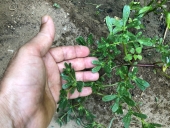

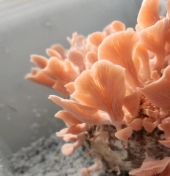
Joshua Frank wrote:For what it's worth, I cooked them up last night with butter, shallots, and good salt and they were delicious, and I seem to still be here.

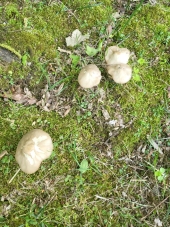
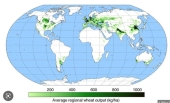
Jeff Steez wrote:(1lb flour * 0.14) * .75 = VWG/lb wheat.
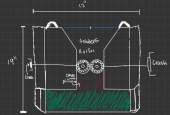
Juan Ramirez wrote:For my machine It would be ideal to have already pulled out the plants so that you may just toss the insavie species into the grinder so that any remains that could regrow get crushed. In your opinion do you believe my machine should have some sort of feature that aids in pulling out the plants from their roots?


Ellendra Nauriel wrote:In theory, using the largest as seed stock will eventually result in a higher percentage of large ones.
But, garlic plants tend to be clones. Which means there probably isn't much genetic variability between plants, except for the occasional sport or mutation. You might get better results by comparing the soil and growing conditions the different sizes were pulled from, and trying to mimic whatever made the biggest bulbs.
